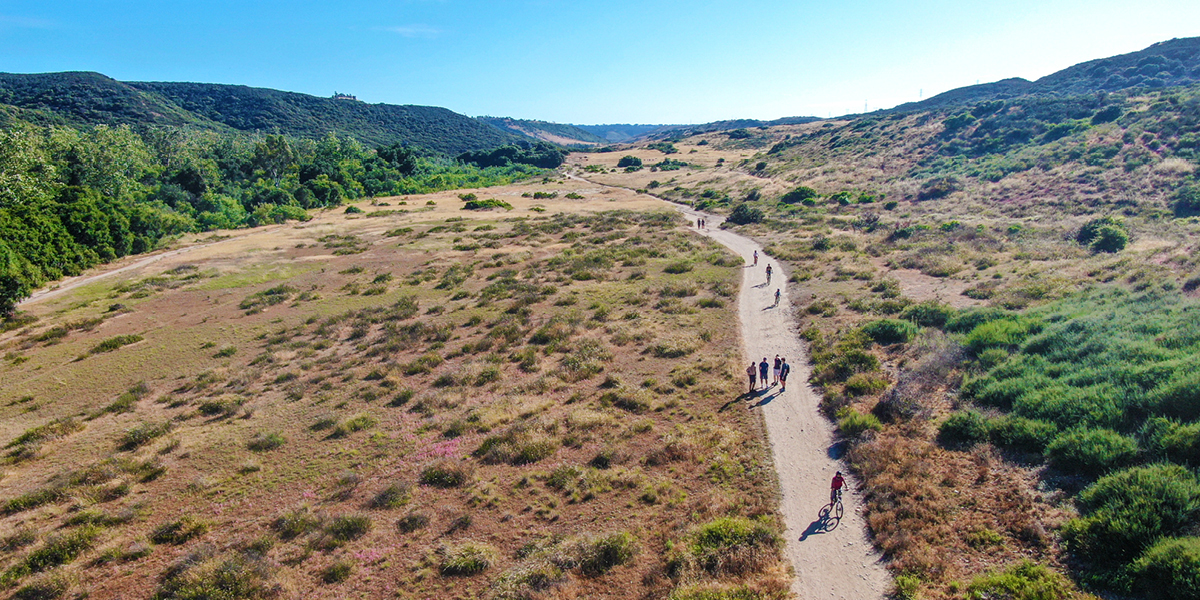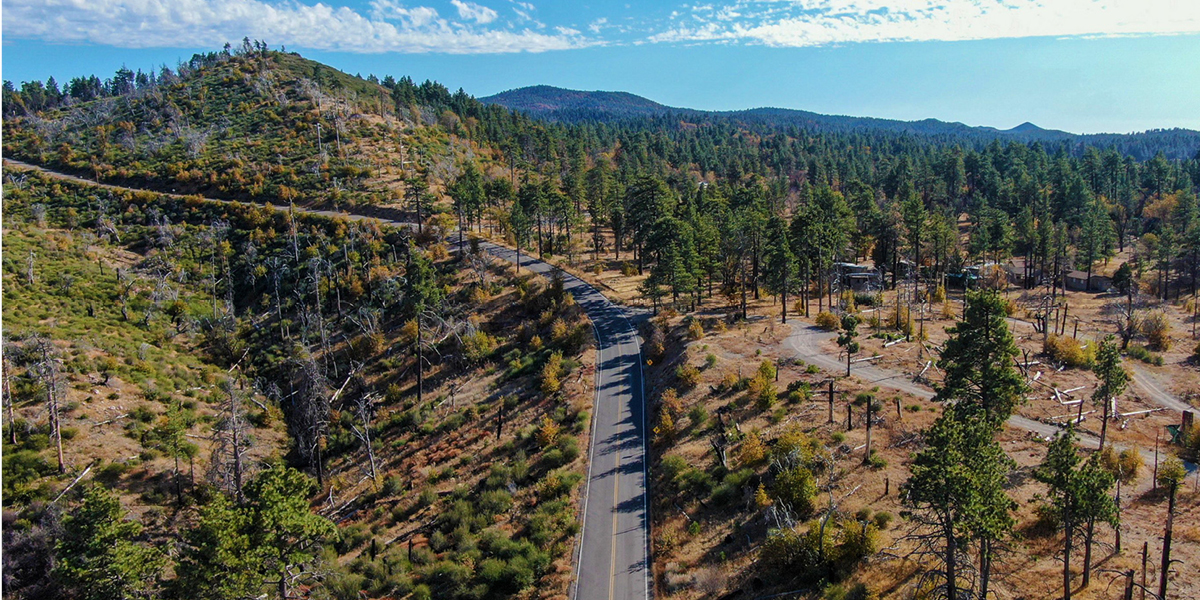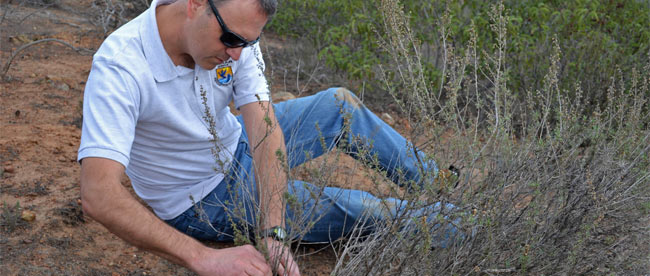After 13 years of planning, permitting and litigation, the Tule Wind Farm, located in a rugged area in East County San Diego, began producing electricity in January 2018.
The project’s 57 wind turbines cover five miles in McCain Valley, each rising 262 feet above Interstate 8. They rotate around the clock with the ultimate goal to generate enough electricity to power about 40,000 San Diego County homes and help the area meet state and local clean-energy goals.
While those who follow renewable energy or San Diego’s climate action plans may be aware of the Tule Wind Farm by name, few are aware of some of the positive environmental impacts this has created for our County via mitigation.
What is Mitigation?
Mitigation is related to development. When a developer or builder applies for permits for a project, they must submit ample information in the form of an Environmental Impact Report (EIR) regarding the impacts of their project on the land and surrounding areas.
If local, state, or federal permitting agencies find an unavoidable substantive impact to land, habitat, or species; they require the project proponent fund conservation, typically in perpetuity, to offset their impact.
This is where San Diego Foundation comes in.
Government agencies and developers entrust SDF to help permanently conserve more than 12,000 acres of land in our region by holding endowment and non-endowment funds to pay for the ongoing management of these protected lands and species.
San Diego Habitat Conservancy Partnership
In 2011, San Diego Habitat Conservancy (SDHC) became one of the early land managers to partner with SDF in the mitigation space.
SDHC is a nationally accredited land trust that works to acquire, manage and protect land that supports sensitive habitats and species. It is also one of only a few nonprofit habitat managers working with developers, municipalities and agencies throughout the region to strike a critical balance between development and protecting our valuable habitat.
Together, we educated each other about the importance of endowment funds, easements and operating agreements.
Since then, SDHC has expanded its services to cover large swaths of the Southern California region, managing 26 open space preserves throughout Southern California, totaling approximately 1,850 acres.
Tule Wind Farm Open Space Habitat
The sites SDHC manages in McCain Valley serve as mitigation for the biological impacts resulting from the construction of the Tule Wind Farm, which included the installation of the wind turbines, a 138-kilovolt transmission line, access roads and associated facilities.
The Upper 600 Tule Wind Mitigation Site consists of 600 acres of open space near the unincorporated communities of Jacumba and Boulevard.
SDHC was drawn to this mitigation site for three primary reasons:
- The site allowed SDHC to expand operations into eastern San Diego County
- Mitigation protected 10 different vegetation communities, many of which are unique to southern California
- The site is home to at least 10 species of rare plants
The site is also surrounded by undeveloped land owned by the Bureau of Land Management, thus providing a large contiguous area and corridor of open space for various species, such as the golden eagle, mountain lion and southern mule deer.
The mitigation endowment funds at The Foundation support the long-term management tasks to be performed by SDHC, supporting regular site visits, rare plant surveys, vegetation mapping and removal of invasive plant species, among other tasks.
“Having The Foundation manage the assets provides another layer of financial security for the endowment funder, simplifies accounting for SDHC and allows SDHC to focus more on what they do best, on the ground management of open space in perpetuity,“ shared Sarah Krejca, SDHC Senior Conservation Manager.
Organizations like SDHC keep San Diego one of the most biodiverse counties in the country and create greater access points for San Diegans to connect with the outdoors.





